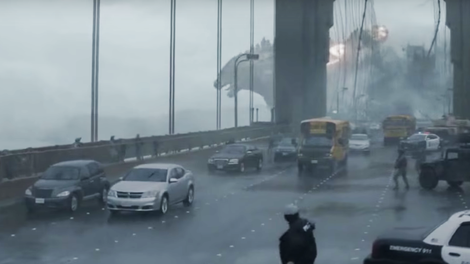
The National Safety Council’s annual report on traffic deaths estimates that 40,200 people died in U.S. car crashes in 2016, which is up six percent from 2015 estimates, and a total increase of a terrifying 14 percent in just two years.
Advertisement
Additionally, the NHTSA claims that half of traffic fatalities are related to passengers not buckling their seatbelts, and around a third of estimated fatalities involved alcohol or drug impairment, according to The New York Times. The last time annual traffic deaths eclipsed 40,000 people was back in 2007, and despite the advancement of automotive safety features over the last decade, we’re going backwards.
Researchers claim there is more involved than the quick fix many hope will come with autonomous cars. Economic conditions are believed to have caused an increase in overall traffic in 2016, meaning more people were simply driving more often, increasing the likelihood of deadly crashes.
Advertisement
Other obvious culprits for the sharp spike in traffic deaths, cited by The New York Times, include an increase in distracted driving due to the popularity of expanded features on social media apps, budget constraints on roadway policing preventing speeding, weak heavy trucking regulations, and complacent states that haven’t yet passed strict seatbelt laws.
The National Safety Council also advocated for stricter preventative measures, like ignition locks for repeat drunk driving offenders and stricter motorcycle helmet laws.
Buckle your seatbelt, put your phone down and just drive. Nonetheless, it’s impossible not be convinced that anything that can be done to reverse the alarming rate at which people are dying on the roads can’t come soon enough.
















